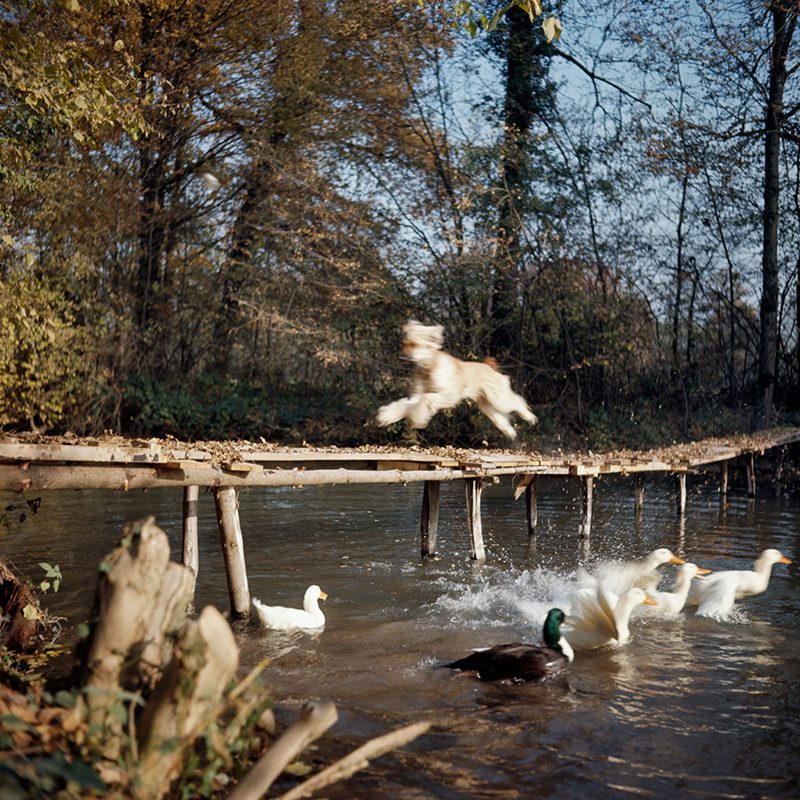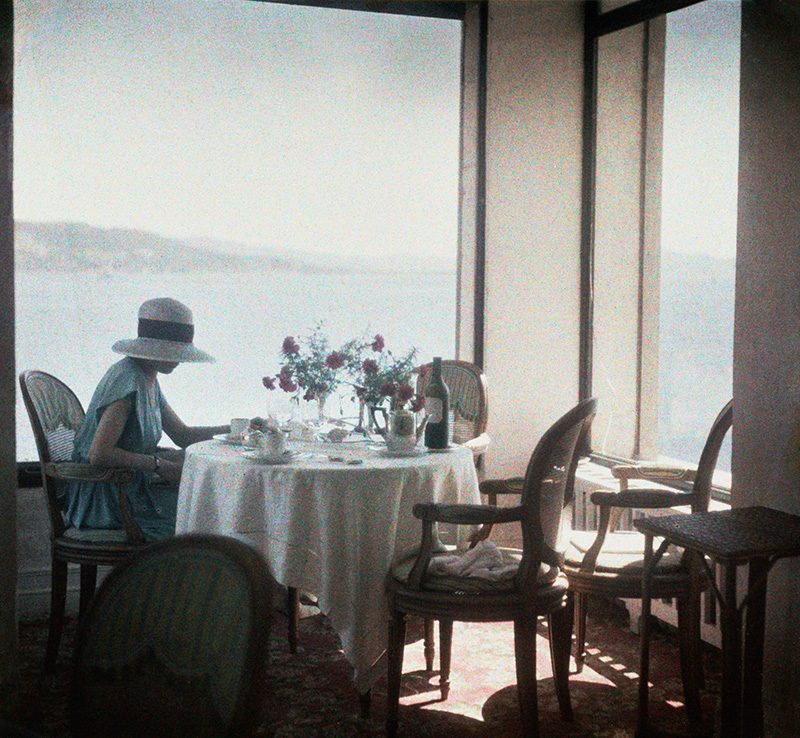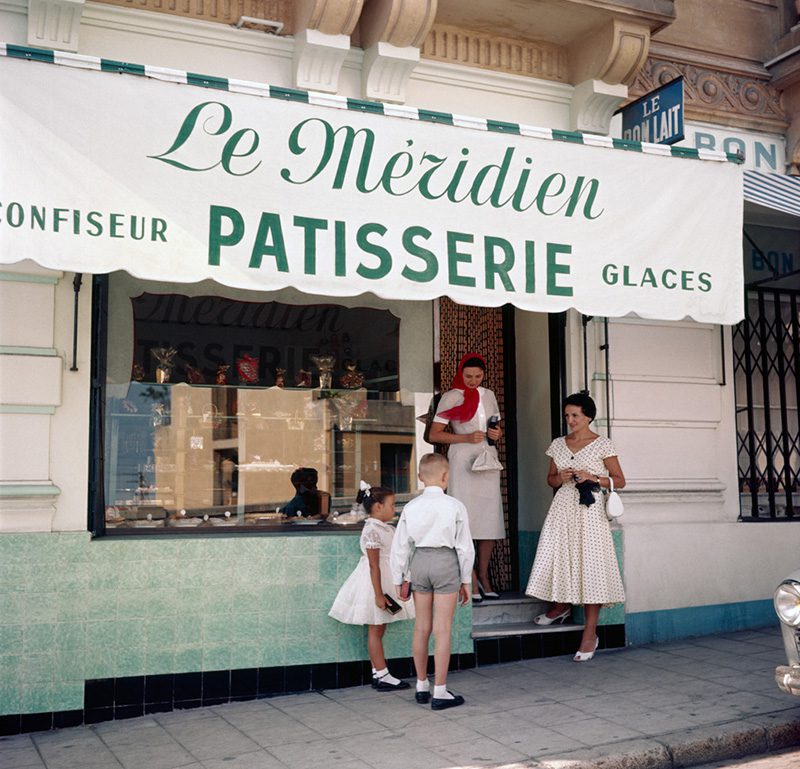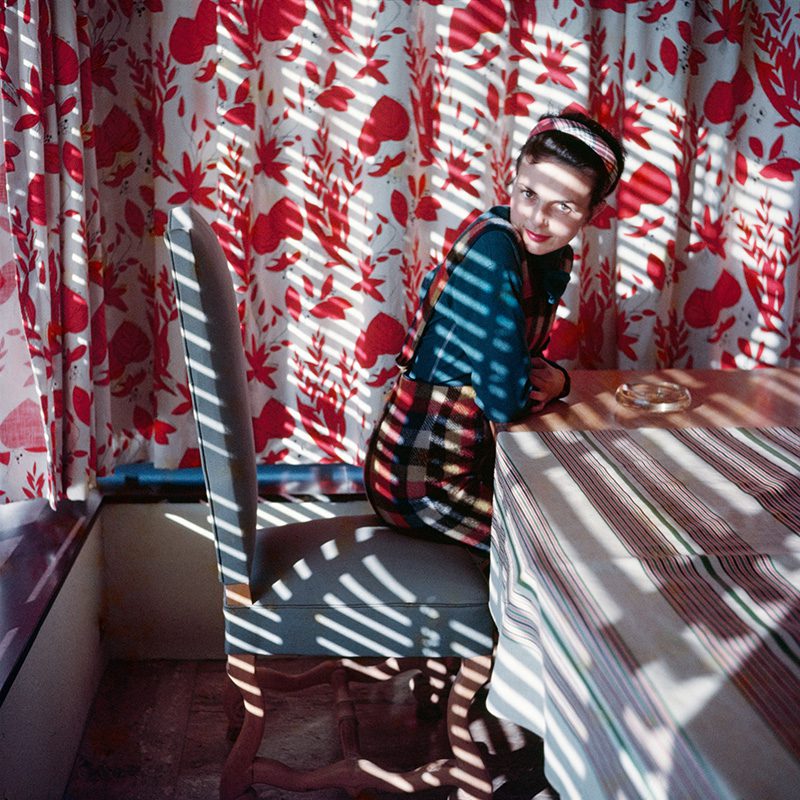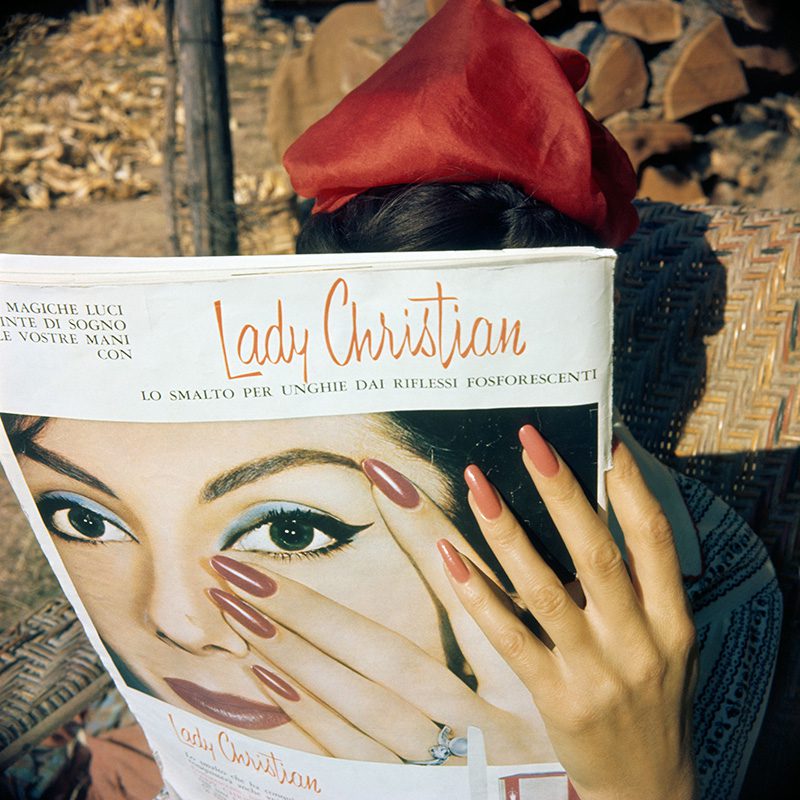PHOTO:Jacques Henri Lartigue-Life in Colour
 Jacques Henri Lartigue focused his camera on the carefree existence in and around his own family circle. Lartigue is above all famous for his spectacular photos of car races, aeroplanes and people and animals in motion. He was the first photographer who followed the motion with his camera. On 26/6/12 he took 160 photos at the Grand Pricx de l’ A.C.F. the significance of those photos was discovered after many years.
Jacques Henri Lartigue focused his camera on the carefree existence in and around his own family circle. Lartigue is above all famous for his spectacular photos of car races, aeroplanes and people and animals in motion. He was the first photographer who followed the motion with his camera. On 26/6/12 he took 160 photos at the Grand Pricx de l’ A.C.F. the significance of those photos was discovered after many years.
By Dimitris Lempesis
Photo: FOAM Archive
Jacques Henri Lartigue is best known for his black-and-white photographs of the European chic set at play on the Riviera, in the Alps, in Paris in the ‘20s and ’30s. But he shot in color a lot. Lartigue’s legacy encompasses a total of 117,577 black-and-white negatives and colour transparencies, and nearly 40 per cent of his work is in colour. He said “For me, life and color are indissociable”, he said. The exhibition “Jacques Henri Lartigue: Life in Colour” at FOAM proves his point. Born to a wealthy family outside Paris, Lartigue began taking pictures of friends and family at the age of eight. While still a boy, he started experimenting with the color process autochrome, which, when printed, looked pixelated. This suited Lartigue just fine, because his primary passion was painting, and he always described himself as a painter. He used autochrome throughout the ’20s, when he was busily snapping photos of his first wife, Bibi, and their friends holidaying on the Côte d’Azur. At the ‘50s Lartigue he started using Ektachrome film, which he shot with his Rolleiflex in a square format. With it, he captured colors at their most vibrant: eye-popping reds, electric blues, emerald-greens. The prints on show are from his personal albums, where he collected photos telling the story of his life, like an encyclopedia. Lartigue photographed famous friends such as Pablo Picasso at the bullfights and Edward Steichen at home, the foggy valley view from a bedroom window, the people and beaches of Havana on the cusp of the revolution, and his beautiful and much younger wife Florette romping through the Provence countryside. Lartigue occasionally sold photos to the press and exhibited work at a presentation in Paris alongside photos by major figures such as Man Ray and Brassaï. Yet his reputation as photographer was not established until at the age of 69 his work appeared in a retrospective at MoMA, in New York. Worldwide fame followed three years later with the publication of his books “The Family Album” (1966) and “Diary of a Century” (1970), the last one compiled by Richard Avedon. In his final years Lartigue was much in demand as a photographer for fashion magazines.
Info: FOAM, Keizersgracht 609, Amsterdam, Duration: 22/1-3/4/16, Days & Hours: Mon-Wed & Sat-Sun 10:00-18:00, Thu-Fri 10:00-21:00, www.foam.org



